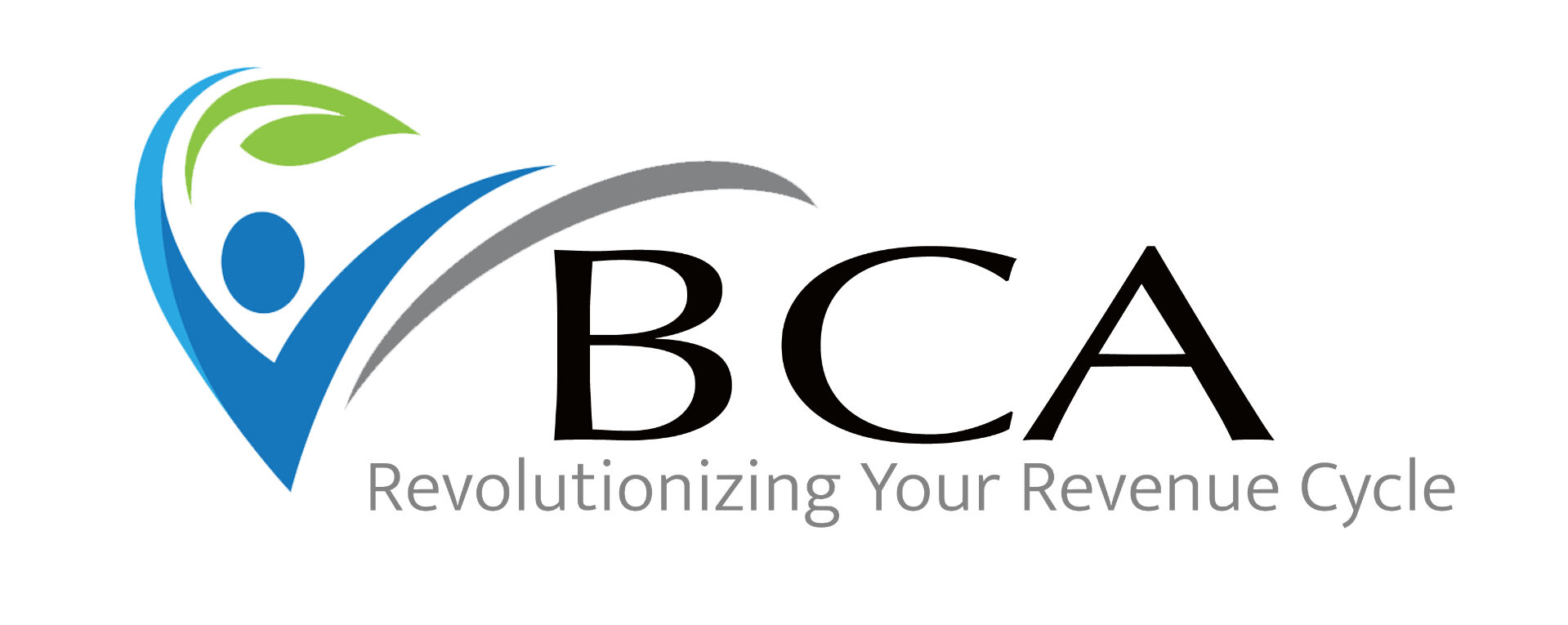Federal budget cuts can pose a significant challenge for FQHCs and RHCs, as they rely heavily on government funding to provide essential services to underserved populations. Preparing for potential reductions in funding is critical to ensuring financial sustainability and continuing to meet patient needs.
Understanding the Impact of Budget Cuts
Federal budget cuts can affect FQHCs and RHCs in several ways:
- Reduced Grant Funding: HRSA grants and other federal subsidies may be scaled back, leaving gaps in operational budgets.
- Lower Medicaid Reimbursements: Changes to Medicaid funding can reduce reimbursement rates for services.
- Increased Operational Pressure: Budget cuts often coincide with increased demand for services, particularly in rural and underserved areas.
Steps to Mitigate the Impact of Budget Cuts
- Enhance Revenue Cycle Management:
- Focus on reducing denials and accelerating collections to improve cash flow.
- Train staff to optimize coding and documentation for higher reimbursement rates.
- Implement technology to streamline billing processes and reduce errors.
- Optimize Operational Efficiency:
- Conduct a thorough review of expenses and identify areas for cost reduction without compromising care quality.
- Focus on capturing care quality in coding to benefit from value-based care incentives.
- Leverage telehealth to provide cost-effective care while expanding access.
- Engage in Advocacy Efforts:
- Collaborate with national organizations to advocate for continued federal and state funding.
- Educate policymakers on the value of FQHCs and RHCs in their communities. Often, using charity care and sliding scale writeoff amounts is an effective tool to show the benefits your clinic provides to the community.
- Stay informed about legislative changes that may affect funding.
Metrics to Monitor During Budget Cuts
- Operating Margin: Track changes in revenue and expenses to ensure financial health.
- Patient Volume: Monitor service utilization by practice to anticipate resource needs.
- Payer Mix: Analyze revenue source shifts to identify vulnerability areas.
Building a Resilient Financial Strategy
Resilience requires proactive planning and adaptability. Consider the following:
- Scenario Planning: Develop contingency plans for various levels of funding reductions.
- Emergency Funds: Build reserves to buffer against sudden financial shortfalls.
- Collaboration: Partner with other organizations to share resources and reduce costs.
The Role of Leadership
Leadership must prioritize transparency and communication during periods of financial uncertainty. This includes:
- Engaging staff in discussions about budget priorities and potential adjustments.
- Providing regular updates on financial performance and funding changes.
- Encouraging innovation and efficiency improvements across teams.
Worried about the impact of federal budget cuts? BCA can help you develop a strategic plan to ensure financial stability and operational resilience. Contact us today.
At BCA, we offer auditing and consulting services to support your practice in maintaining compliance and enhancing the quality of care, with documentation review starting at $499 per clinician. Please contact us at info@bcarev.com to learn more about our tailored solutions and how we can help you optimize your quality initiatives.
